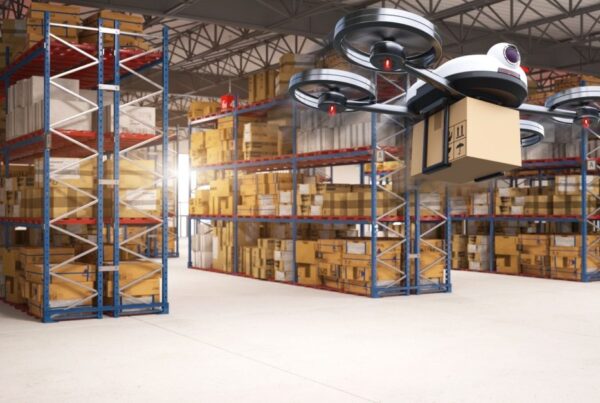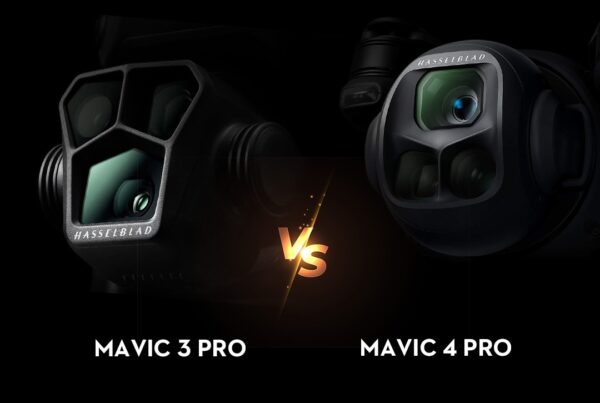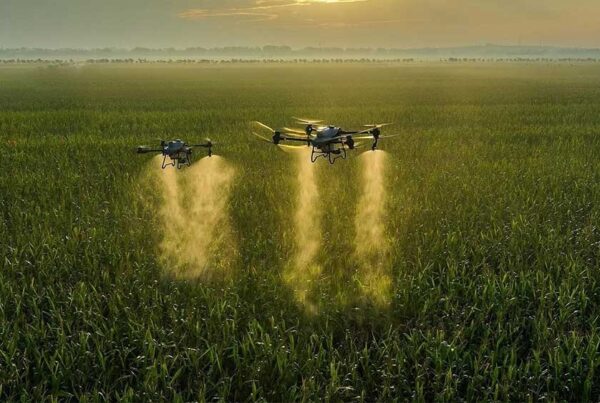
The Mavic Air 2 released one of the best tech drones of the time. Since then DJI has released the successor to the drone, called the “Air 2S.”
The features of Air 2S are a good add up to the features that the Mavic Air 2 offered. The most remarkable and excellent features that have added up are the crisp sharp photography and the video shooting abilities. The DJI Air 2S is price tagged for @200$ more than Air 2.
Speaking of the terms it is wise to compare both the products according to certain features and criteria.
Still / portrait Photography
The most prominent and the biggest change has come with the improved camera sensor. The Air 2S drone comes up with a greater camera sensor than Air 2. The newly revealed drone gets a sensor double the size of the Air 2 which was only half an inch. So, now the drone has a 1-inch sensor to boast – the same as the one on Mavic 2 Pro.
The picture resolution has decreased from 48Mp to 20 Mp. From the first release that is the Air 2 to Air 2S. But it has equally good still photo capturing qualities. This is due to the Quad Bayer sensor which lends pixel-binning capability for 48MP images if need be.
Choosing a bigger sensor over pure resolution is smart work to do. And that is the whole logic behind improving the camera sensor without worrying about the picture resolution.
-It is better to say that the DJI Air 2S is now as capable as the premium Mavic 2 Pro drone as far as the camera is taken under consideration; in a smaller lighter package, which is a great advantage.
Video shooting feature
A bigger sensor will for sure boost the video quality. Air 2S now 5.4K capable as compared to the 4K on the Mavic Air 2. Another noticeable advantage for pro-level photographers is that the video bitrate of the Air 2S is 150Mbps as compared to 120Mbps on the predecessor.
This plays an important role while editing the footage as lesser degradation of the video quality will occur because the resultant footage will be crisp and will be of much more quality.
A little drawback is that users will see slight cropping in the 4K 60fps mode on the Air 2S. This happens because the full one-inch sensor is not being used for this mode, resulting in approximately 1.3x crop to the naked eye. The wider focal length of 22mm means a wider shooting range. You can always digitally zoom to compensate for it or adjust the extra space in the final edits.
Design
The design and look of a product always outshine the most. The design of the DJI Air 2S is almost identical to last year’s Mavic Air 2. The factor that differentiates actually comes in the form of an additional proximity sensor attached on top of the Air 2S drone. This additional sensor which is attached makes it better at avoiding obstacles while it is flying, especially at high speeds when the drone starts pointing slightly downward. This addition to the Air 2S gives the visual illusion of the drone getting an additional pair of eyes on the front as opposed to the previous model.
Hardware
Both the drones have two quadcopters that have a similar set of hardware which includes likeability, compact foldable aesthetics or designs that are provided, which are already popular with newbie drone flyers.
As a bit of an advantage in flight when it comes to the weight the Air 2S is slightly heavier at 595g than the Mavic Air 2 which weighs 570g. This gives the new drone better stability in windy conditions.
Battery
There are a lot of factors in which the Air 2S has outshone itself but in comparison to that, the Mavic Air 2 has a better battery life in comparison. A smaller drone means a very tight leash on the total in-flight time, and the Air 2S disappoints slightly in that regard. Compared to the Mavic Air 2.
Depending on the weather condition and the direction of the wind the official flight time can vary.
Performance
As far as performance is taken under consideration, the Air 2S has some great upgrades. It uses the DJI O3 technology with four antennas which gives it a transmission range of 12km (FCC) and 8km (CE). The Mavic Air 2 on the other hand uses the OcuSync 2.0 with 2 antennas for a range of 10km (FCC) or 6km (CE).
The ascent/descent speeds of Air 2S get a slight bump as it can go at 6 m/s in S mode compared to the ascending speed of 4 m/s in S mode and descend speed of 5 m/s in S mode for its predecessor. The Mavic Air 2 comes out on top when the temperature resistance is considered as it can operate in temperatures ranging from -10 to 40°C. Air 2S however, can only operate safely in between, 0 to 40°C.






One Comment